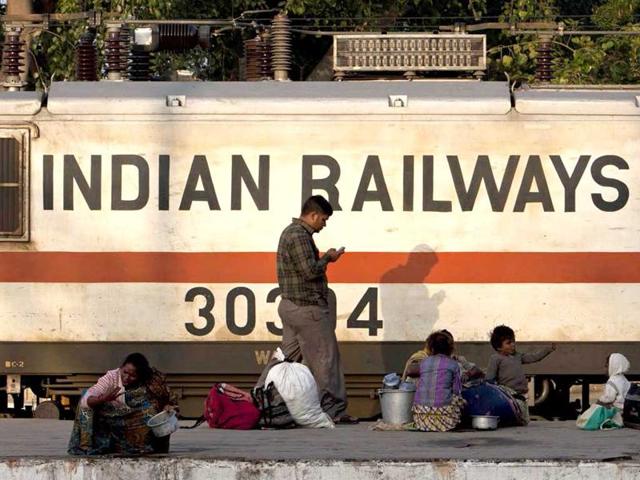Worried about railway fares? Here’s all you need to know about dynamic pricing
The government has decided to introduce a dynamic pricing system on Rajdhani, Shatabdi and Duronto trains under which base fares will jump by 10% for every 10% of seats booked on these trains, with a cap of 50% hike in the original fare.
The government has decided to introduce a dynamic pricing system on Rajdhani, Shatabdi and Duronto trains under which base fares will jump by 10% for every 10% of seats booked on these trains, with a cap of 50% hike in the original fare.

The Indian Railways carry 23 million people daily but successive governments have backed away from reforms and especially hiking passenger fares, which is a politically sensitive topic.
As a result, the country’s largest employer runs many trains at rock-bottom fares and struggles to balance its books. The railways currently has an estimated annual loss of Rs 30,000 crore in the passenger segment.
The new structure aims to address the “fare versus freight” distortion of the railways that has suffered decades of low investment.
Here all you need to know about the new system:
How does the 10% formula work?
Only the first 10% of the tickets sold in Rajdhani, Shatabdi and Duronto trains will be available at the original listed price. Fares will go up by 10% after the sale of every 10% of the tickets. After the sale of 50% of the tickets – corresponding with a 50% increase in fares – no further increases will be levied.
For example, only the first 10% of passengers purchasing AC 3 tickets to travel on the Dibrugarh Rajdhani from New Delhi to Guwahati will be eligible to buy them at the original listed base price of Rs. 1934. Ticket price will progressively go up after the sale of further 10% and prices will gradually increase by 20%, 30% and a maximum fare of 40% over and above the base price. A 40% increase in the same category of travel amounts to Rs 2707.
The first 10% of the passengers who want to travel from New Delhi to Bhopal on the Shatabdi Express will be required to pay a base price of Rs 839. After the sale of the first 10% tickets, the fares would increase to Rs 982 and would further go up to Rs 1258 after the sale of 50% of the tickets. Therefore, passengers travelling the same distances in the same class will end up paying differential fares.
What charges will apply to wait-listed passengers?
Wait-listed passengers will be charged at the rate of the price of the ticket last sold. For example, if tickets have been sold at a premium of 50% as against the basic fare, wait-listed passengers will have to pay the same amount. The same principle will apply to passengers who board the train at the last hour without buying a ticket.
Any changes in the Tatkal charges?
The Tatkal charges would remain the same. These have been retained at the earlier 1.5% of the basic fare meaning no additional Tatkal charges will be levied.
Read | Why the Indian Railways’ dynamic pricing system is a step in the right direction
The new formula has made the Tatkal system irrelevant, as most passengers are now expected to buy tickets as soon as possible in order to avoid paying a higher fare. The “premium Tatkal” scheme has been done away with.
Does the new formula provide a field day for touts?
Officials say the new system will discourage touts, as genuine passengers will be in a hurry to buy tickets. But there are suspicions that touts will find ways to circumvent the system to earn bigger profits. Despite several policy initiatives, the railways have been unable to check activities of the touts.
Pricing out middle-income groups?
Passengers travelling in the Rajdhani, Shatabdi and Duronto are generally considered to have a higher economic status. The decision to hike fares has evidently factored in this aspect.
Fares of the Rajdhani, Shatabdi and Durontos are already higher as compared to other mail and express trains and are almost at par and sometimes higher than those of budget airlines. With an enhanced fare structure in place, passengers with modest incomes are more unlikely to opt for these trains now.





